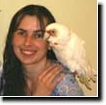
Article by Mike Corbeil
Florida Canary Fanciers, Inc. March 2015 Newsletter
(Reproduced with permission)
Chard
Excellent source of vitamins A, K, C, E, magnesium, manganese, and potassium, a very good antioxidant, omega 3 fatty acids and carotene. One of the highest in vita-min K which strengthens bone formation and in humans used to assist in treating Alzheimer to limit neuronal damage in the brain.
Dandelions
 Excellent source of vitamins A, C, K, D, and B complex; it contains 20% protein, twice that of spinach and a very good source of trace minerals. (One of the most nutritious and least expensive available, always wash well before feeding)
Excellent source of vitamins A, C, K, D, and B complex; it contains 20% protein, twice that of spinach and a very good source of trace minerals. (One of the most nutritious and least expensive available, always wash well before feeding)
Collard
Excellent source of vitamins A, C and K, very good detoxifier and antioxidant, as well as assisting as an anti-inflammatory while supplying cardiovascular and digestive support
Mustard
Excellent source of vitamins A, B3, C, K, E, beta carotene and selenium, property's assist in feather growth, (hair in humans) anti-inflammatory, and gastrointestinal tract support.
Kale
 Numerous variety's all good, can also be found as Baby Kale
Numerous variety's all good, can also be found as Baby Kale
Excellent source of vitamins A, C, and Calcium as well as twice the level of Lutein and antioxidant properties.
Spinach
Excellent source of vitamins A, and C, Folate, Calcium and Potassium, do not give to often due to the high levels of oxalic acid
Turnip
Excellent source of vitamins C and K, Folate and Calcium
Broccoli (Flowers and leaves)
Excellent source of vitamin C, A, K, B-complex, zinc, iron, and phosphorus, protein, omega 3 fatty acids and Calcium. Also contains vitamin E and source for fiber. Leaves have a much higher content of Vitamin A than the florets/flowers.
Broccoli Rabe (also known as rapini, rabe, or choy)
 Excellent source of vitamin C, and beta carotene
Excellent source of vitamin C, and beta carotene
(Flowers appear similar to regular broccoli but is not a type of broccoli but appears the same, but is in the same family)
Beet Top
Excellent source of vitamins
A, K and C
Romaine Lettuce
If you would chose to fed any lettuce, Romaine would be the one. Good source of vitamin c and beta carotene
SOME BENEFICIAL HERBS
Parsley
Excellent source for antioxidant properties, vitamin A, C, E B1/2/3 and 5 also assists in assimilation of fat and protein metabolism.
Oregano
Excellent again as an antioxidant, high levels of vitamins A, C and K as well as Foli-ates, pyridoxine, Iron, Manganese and Carotene
Milk Thistle
Less heard of but used to assist in liver function. High in Silymarin which is an anti-inflammatory and anti-oxidant excellent for liver cleansing and support
Alfalfa
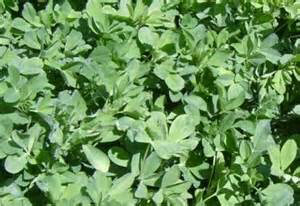 Excellent source of vitamin E and K, calcium, magnesium and potassium. Alfalfa is also an excellent source of chlorophyll and carotene and amino acids while possessing detoxifying and antifungal properties.
Excellent source of vitamin E and K, calcium, magnesium and potassium. Alfalfa is also an excellent source of chlorophyll and carotene and amino acids while possessing detoxifying and antifungal properties.
Many give in the sprouted form where as the seed form should not be given due to be-ing slightly toxic.
Chickweed (Added here since some consider it a green and others an herb)
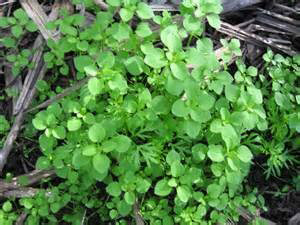 Highly nutritious, containing vitamins C, B6 and B12 and may be used to treat gout and in canary history was used to assist in breeding as an excellent breeding conditioner. Assists in the upper di-gestive system but in to high a concentration can act as a laxative.
Highly nutritious, containing vitamins C, B6 and B12 and may be used to treat gout and in canary history was used to assist in breeding as an excellent breeding conditioner. Assists in the upper di-gestive system but in to high a concentration can act as a laxative.
Others not listed, but used would be:
Dill, Kelp, Mint, Endive, Carrot (both the carrot and leaves), Corn, Pumpkin, Sweet Potato, Rec Clo-ver, Witch Hazel, Yarrow and many fruits such as: Apple (seeds are toxic), Banana, Bell Pepper, and many flowers
Never trust the source of any food you will feed as being clean or pesticide free. Always wash and damp dry any and all food sources before feeding. Many a bird has been lost from trace pesticides, even ones labels organic. With the growth of farmers markets these days, never trust the word of the seller as to their products being sold being pesticide free. Many use pesticide and since it is a taboo term at farmers markets, thus not spoken about or admitted to, it is used and does exist. The only true way to be sure is to raise them yourself, but even then they should be washed before feeding.
Another generally used practice is to supply additives such as anything wanting to be given, vitamins, medica-tion, minerals etc. either after washing the food first, then dipping said food source in a container or fluid pre-mixed to coat and then feed, or sprinkled over and then fed.
Keep in mind any green food source, depending on the quantity given can disturb the bowl of a bird, causing the darkening of the stools, or even runny stools for a period of time. This is normal and should be expected. When given on a regular bases, and in small quantities, besides the color change of the poop, most handle it well and the changes are minimal. The old adage always is the best, “everything in moderation”. The last suggestion would be to discuss and research further anything listed here for more understanding. Everyone has their own opinions, to form your own takes research, discussions with others and a true understanding of what one is doing and quantity to give. Again everyone has their own way, so figuring out your own and what is best for you and your birds is the key. Most people do not give greens everyday, but most follow at least a two to three times a week course. Depending on the time of year and season your bird is in dictates what should occur. Obviously breeding is different than the molt and much different than Winter and resting. So it is said, many people disagree on weather or if at all, any are given for the first days new chicks are present. Again this is a very contested argument, so research it and decide for yourself. Both side of that issue have valid points, sometimes to error on the side of caution is the best rule.
NOTE: The author has asked us to remind you that the information included in his article is merely from his own personal experience.
Be sure to thoroughly research your topics before acting on any bird care advice you read here or elsewhere. If you have questions about any of this information, check with your Avian Veterinarian first! ~LG.com

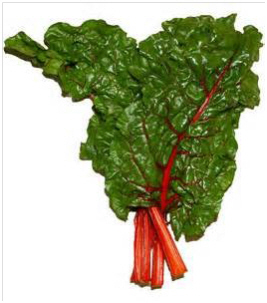
 Excellent source of vitamins A, C, K, D, and B complex; it contains 20% protein, twice that of spinach and a very good source of trace minerals. (One of the most nutritious and least expensive available, always wash well before feeding)
Excellent source of vitamins A, C, K, D, and B complex; it contains 20% protein, twice that of spinach and a very good source of trace minerals. (One of the most nutritious and least expensive available, always wash well before feeding)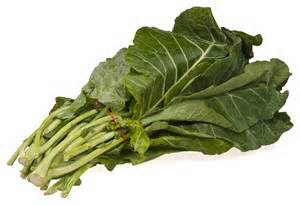
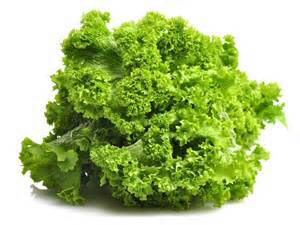
 Numerous variety's all good, can also be found as Baby Kale
Numerous variety's all good, can also be found as Baby Kale
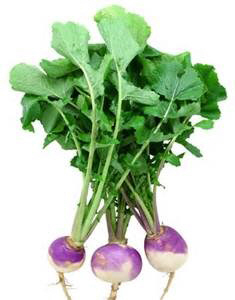

 Excellent source of vitamin C, and beta carotene
Excellent source of vitamin C, and beta carotene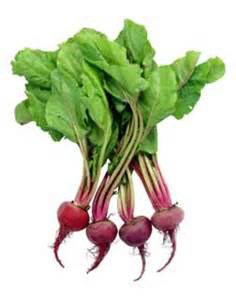
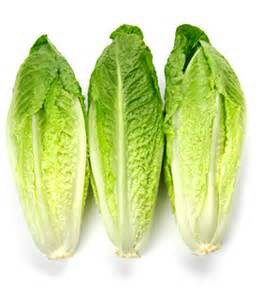


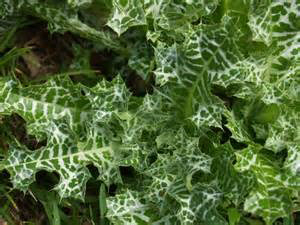
 Excellent source of vitamin E and K, calcium, magnesium and potassium. Alfalfa is also an excellent source of chlorophyll and carotene and amino acids while possessing detoxifying and antifungal properties.
Excellent source of vitamin E and K, calcium, magnesium and potassium. Alfalfa is also an excellent source of chlorophyll and carotene and amino acids while possessing detoxifying and antifungal properties.  Highly nutritious, containing vitamins C, B6 and B12 and may be used to treat gout and in canary history was used to assist in breeding as an excellent breeding conditioner. Assists in the upper di-gestive system but in to high a concentration can act as a laxative.
Highly nutritious, containing vitamins C, B6 and B12 and may be used to treat gout and in canary history was used to assist in breeding as an excellent breeding conditioner. Assists in the upper di-gestive system but in to high a concentration can act as a laxative.




